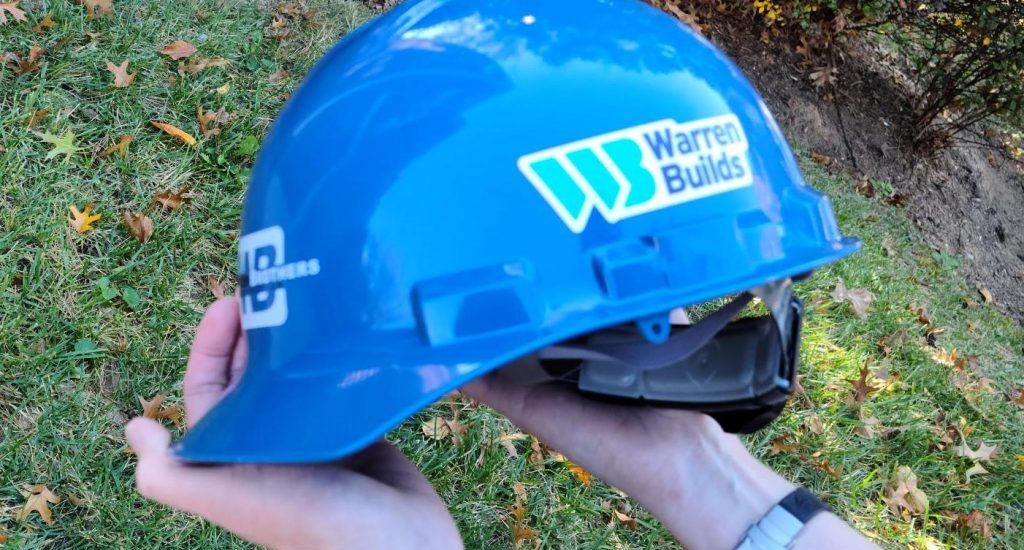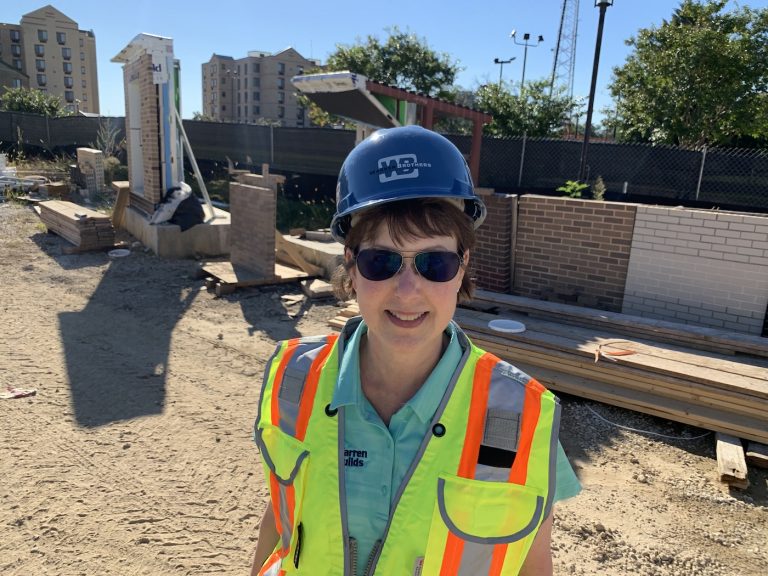The Magic Hard Hat
- October 26, 2021
- Posted by: Gitesh Narang
- Category: General

To understand why employee engagement is a precursor to strategic planning, let’s look at what real engagement looks like, using two powerful examples.
The first time I saw real engagement, I didn’t know its name. I was a few years out of college and in my first HR management job, working for a satellite manufacturing company. I hadn’t been there long before the engineers invited me over to the manufacturing facility across the street to see their work. “Work” doesn’t quite capture it. It was a large satellite in the middle of the room, and they were glowing as they showed me every detail. They loved their satellites, and each one had a name. Spending time in their world was the beginning of my own engagement there. Before long I was going over at lunch several times a week to see how they would put me to work. The most frequent task was chasing large ice cubes they used to test the satellite’s arms that would later extend in space, without the pull of gravity. The ice cubes kept the arms level and mimicked the absence of gravity. I was thrilled to chase the ice over and over again like a Labrador retriever as the engineers’ measurements got closer to perfection. I never once thought about where that might fit in my job description.
One morning when I arrived for work I noticed a card taped under my name on the door tag. My title had been replaced with “Honorary Engineer.” I’m not sure a check for $20,000 would have meant more, and I didn’t earn very much back then. I was elated. Later when we all gathered around a TV to watch “our” satellite launch, it was breathtaking. Then later there was another. And then another. As usual, there was cheering and backslapping as their “baby” lifted off on its launch vehicle. But this time, something went terribly wrong. The launch vehicle exploded, along with our satellite. Everyone was shocked. And the engineers cried.
We don’t necessarily want people walking around in tears when things don’t go right. But those tears reflected deep devotion. Let’s look at another example.
Oyster has two types of clients: those we engage with regularly, and project clients for whom we handle several projects a year. We are devoted to – and see a lot of – a small construction company that we invest our time in to show how OD lifts smaller and growing organizations. They are a minority-owned company on the rise, and we want to invest our time for that reason as well. Recently, as I was leaving one of our leadership retreats, the CEO stopped me and said, “Go ahead and take this with you now so you’ll have it for site visits.” And he put a hard hat in my hands. I barely heard him when he said, “It’s not a great one; I’ll get you a better one later.” I was holding it in my hands staring at it. It didn’t matter that it wasn’t so great. This kind of equipment doesn’t normally go to people who do what I do. It was special. It had the company logo. It was something I never could have earned. It screamed, “You belong!” These were my people and I belonged. And it was mine. It was magic, and I grinned all the way home. Later, I even took pictures of my magic hard hat and shared them.

Two weeks ago we did a site visit. My magic hat and I fit right in as we walked up to the trailer for a day of meetings. Late in the day three team members and I went out for a tour of the site and of what will be a beautiful building on the campus of Morgan State University in Maryland.
Now, my spine doesn’t always work as intended, and it hasn’t since I was 22. Impact, walking far, and climbing are problematic as a result. But nothing – nothing – was going to keep me from this walk with this team. Once in the unwalled, cement building, we crisscrossed the first few floors, learning as we went. They explained every detail as we walked. They clearly were enjoying explaining how things worked and why things were the way they were, and I was enjoying learning. And then came the biggest challenge… “You have to see the view from the tenth floor,” one of the guys said. I hesitated. One of them told the others to go on up and that he would wait with me. “No,” I said, “I’ll do it. After all, I had the magic hat. And up we went on unfinished stairs with a wooden 2x4 railing and a big (big) drop in the center, moving at my speed. I stopped several times along the way but made it. They were right. The sun was beginning to set, and it was beautiful. The construction site itself was beautiful with all of its dirt and equipment. I never would have said that before. When we left, construction wasn’t quite as mysterious or complicated to me as it had been that morning.
What do ice cubes, tearful engineers, a team, an unfinished building, a stairwell, and a hard hat have in common? They explain the power of employee engagement. Tracy Maylett, CEO of DecisionWise, Oyster’s partner employee engagement, says that engagement is about “hearts and minds.” It’s not transactional, as in, “you give me a paycheck and I’ll do these things.” And it’s definitely not satisfaction. We find that many organizations mistakenly use those two words interchangeably. Remember this: A really bad employee could be highly satisfied. And that’s a problem. The two engagement examples above – with hearts and minds – show that engaged people:
- Do things they don’t have to do or aren’t expected to do.
- Are drawn into the work – understanding it, appreciating it, and valuing it.
- Thrive on teamwork and belonging.
- Challenge themselves and do things they might not otherwise do.
- Share their knowledge and connect others to the mission.
Chasing ice cubes is one of the most fun things I ever did at work, still, all these years later. The satellite engineers were deeply connected to their projects, and they connected me. The modified business card was spontaneous and created by engaged coworkers; it made me feel special. The hard hat instantly transformed me into a real team member, and signaled belonging. As the sun went down at the unfinished building, under different circumstances, I would have been sitting on a box waiting, while others went up to the tenth floor without me. And the work would still be mysterious.
Engagement leads us to do more, pulls us into the work, gives us belonging, motivates us to challenge ourselves, and gives us a share in success. But an organization doesn’t just have engagement or not have it. It exists in pockets and is stronger in some areas than others. It may even be missing entirely in some places of your organization – or the entire organization. And leaders are notoriously bad at estimating where it is or even why it is. This is why we say at Oyster that we “interrupt business” to test assumptions. And we deliver data.
Simply put, when we measure engagement, we learn a lot that richly supplements financial performance and metrics. We learn the truth about where we are, from the people who really know. And that is why it informs strategic planning. Because you have to know where you really are to determine where you want to be and how you’re going to get there. Measuring and growing engagement helps close that gap.
Got assumptions you need to test? Julie Nielsen is president and chief human capital officer of Oyster Organizational Development, a firm that gives small and medium-sized organizations access to OD tools and advice normally reserved for large ones. Julie has an extensive track record of helping both organizations and individuals succeed.
